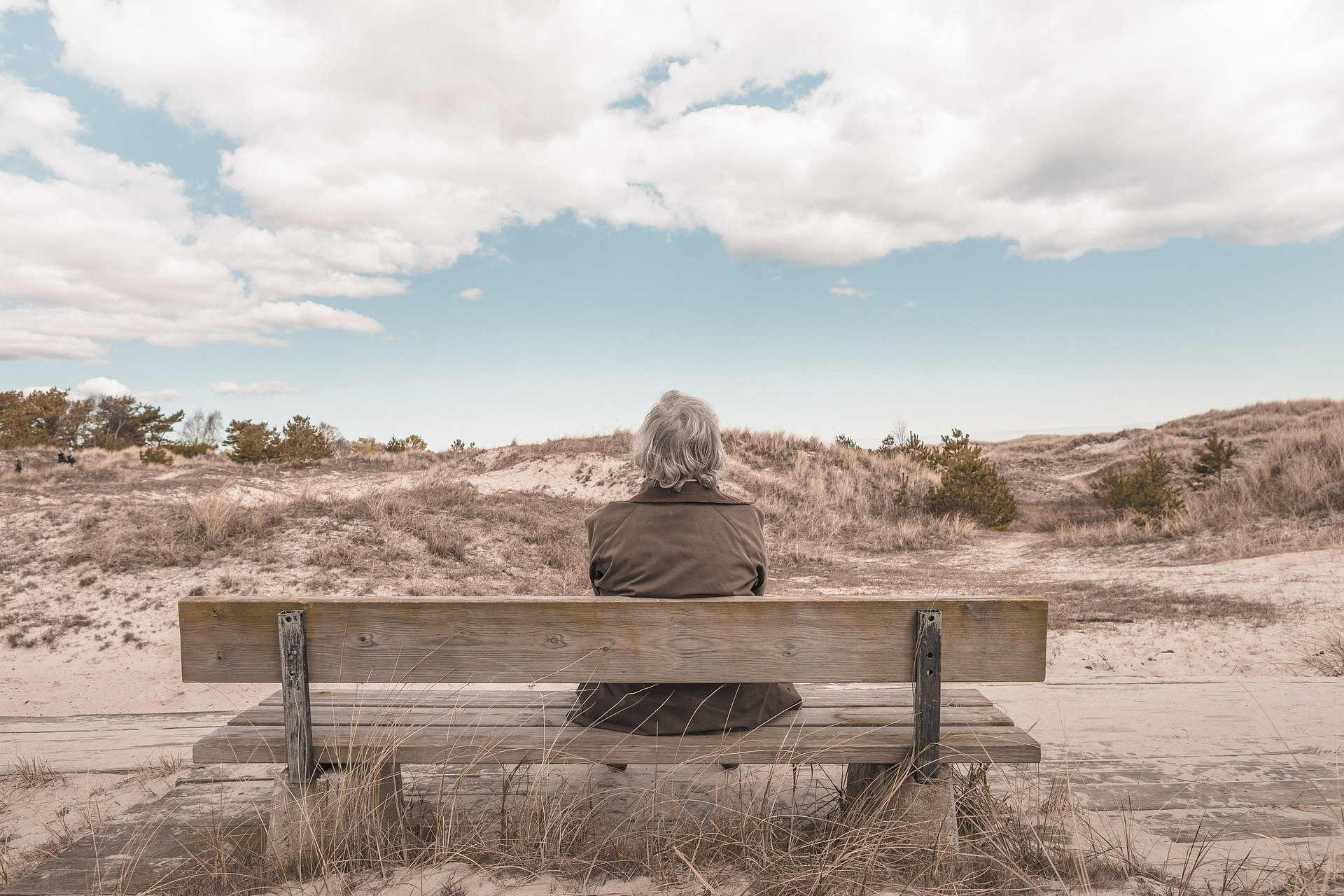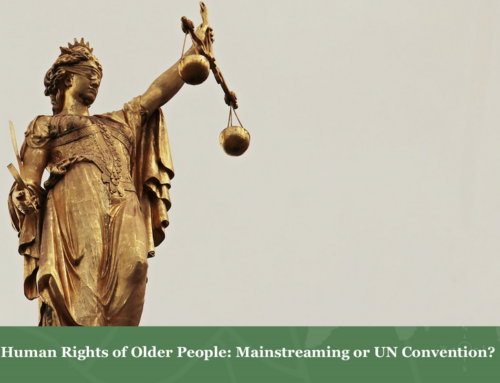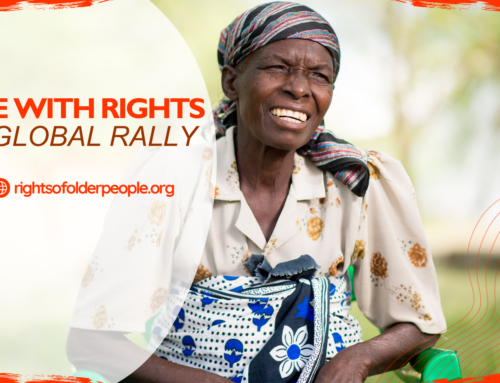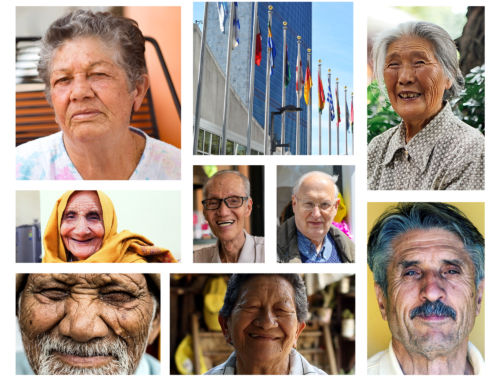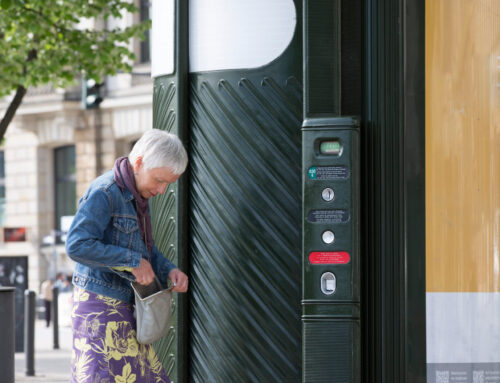Since 2010, a working group has been meeting annually at United Nations (UN) to develop a convention for the rights of older persons. This is great news. The global population is ageing faster than any other time in history, so coming to consensus is vital. The less good news is that after nearly a decade of working together, the UN working group is not much closer to its goal.
The glacial pace is nothing new. If we look at previous endeavors like the Universal Declaration of Human Rights, the Convention on the Elimination of All Forms of Discrimination against Women and the Declaration of the Rights of the Child, we see the same thing happening. The complex web of institutional, socioeconomic and ideological perspectives means that committing to a single definition that works for all involved parties is very tricky business.
It’s tempting then to conclude that developing these declarations and conventions are pointless bureaucratic exercises. On some level, they may be. But if we take a longer term view, we’d see that these instruments have been the catalyst for real change in law, government policies and most importantly, quality of life.
Universal Human Rights
The first big declaration was the Universal Declaration of Human Rights. Created by a fledgling United Nations, the declaration affirms a person’s right to life, freedom, free speech and privacy as well as security, health, and education. More than 70 years later, the declaration has become the foundation of international human rights law and 16 other human rights conventions.
Human Rights for Women
The next evolution was the Convention on the Elimination of All Forms of Discrimination against Women (CEDAW), adopted by the United Nations in 1979. Gender based discrimination was already prohibited, but CEDAW spoke in detail against the discrimination women were facing.
The document prohibited still-common situations like:
- denying a woman training, benefits and promotions
- firing a woman because she got married or was pregnant
- denying access to health care that includes family planning
- preventing a woman from opening her own bank account or taking out a loan
- being forced to marry or be disadvantaged after a divorce or a husband’s death
Monitoring programs, like the 2016 ASEAN Progress Report on Women Rights and Gender Equity, promote change and provide vital information on the progress we’re making.
Human Rights for Children
In 1924, the League of Nations adopted the five-point Geneva Declaration of the Rights of the Child. In 1959, the UN General Assembly expanded this into the Declaration of the Rights of the Child. With the updated declaration, the tone changed from protection to recognition of rights – rights in education, health care, shelter and good nutrition. Then 20 years later, the Polish government formed a group to enhance the updated declaration. In 1989, the document evolved into the Convention on the Rights of the Child.
The 54 articles of the Convention cover:
- the economic, social, cultural, civil and political right of all children
- the right to life
- protection from harm
- care from parents or professionals
- being free from discrimination.
Human Rights for Persons with Disabilities
UN General Assembly adopted the Convention on the Rights of Persons with Disabilities in 2006. One-third of the people in the working group were persons with disabilities and because of this, the project took just three years to finish.
The key principles of this Convention include:
- respecting inherent dignity and individual autonomy
- non-discrimination
- full and effective participation and inclusion in society
- accepting disabilities as diversity and humanity
- equal opportunities
- accessibility
- respecting evolving capacities of children with disabilities.
This convention referred to older persons with disability briefly on access to health services, social protection and poverty reduction.
In progress: Human Rights for Older Persons
While there is not yet a declaration or convention directly addressing the rights of older persons, some progress has been made in that direction.
Malta first raised the issue at the UN in 1968. After some research and discussion, UN sponsored the first World Assembly on Ageing. The outcome was the Vienna International Plan of Action on Ageing. The plan helps governments with policy and program development.
In 1991, the UN adopted the Principles for Older Persons. These principles provided guidance on five themes – independence, participation, care, self-fulfillment and dignity.
To keep pace with ever changing demographic and socioeconomic factors, the UN General Assembly adopted the Madrid International Plan of Action on Ageing (MIPAA) in 2002. MIPAA focused on human development, health and supportive environments. There are 98 recommendations and each has its own action plan, such as:
- 17 actions on employment opportunities for older persons who want to work
- 9 actions on access to food and adequate nutrition for all older persons
- 6 actions on development of a continuum of healthcare to meet the needs of older persons
Despite the robust scope and in-depth recommendations, global implementation has been slow. At the UN General Assembly in 2010, the Open-Ended Working Group on Ageing was established. Its mandate is to identify any gaps in existing international frameworks on human rights of older persons and make recommendations, including whether instruments, such as a declaration or convention, are feasible.
The way forward
In 2019, the Open-Ended Working Group on Ageing finished its tenth working session. There will be an eleventh. But global enthusiasm for implementation is lukewarm at best. It is hard to remain convinced there will be any real results any time soon. However, when we look back over the last 100 years of work, we find affirmation to move forward:
Lesson One
The work is worthwhile. Progress is slow but it happens. Ask any woman who can open her own bank account, get a job or go on birth control without her husband or father’s permission. Or ask a child who now has the right to go to school instead of to work
Lesson Two
Include members of the disadvantaged group in the discussions. They know exactly what needs to be done and they will keep the discussion from getting bogged down in the theoretical.
Lesson Three
Remain flexible with an eye on the broad win. Step one is still a step forward. The documents outlining the rights of a child has gone through 3 major iterations in 100 years and will certainly evolve again. With each evolution, the scope and level of details increases. Therefore, building consensus on the “must have” baseline rights and leaving detailed action planning to individual country is the way forward.
Lesson Four
Develop monitoring instruments as the convention is being created. Where there is monitoring there is accountability, and where there is accountability, there is progress.
In closing
United Nations has designated the 2019 International Day of Older Person as “Journey to Age Equality.” Being old is part of the life course and we all have the right to security, health and individual development no matter what stage in life we are at.
Take a moment to consider what you can do in your country, town or neighborhood to make human rights for older persons a reality.


